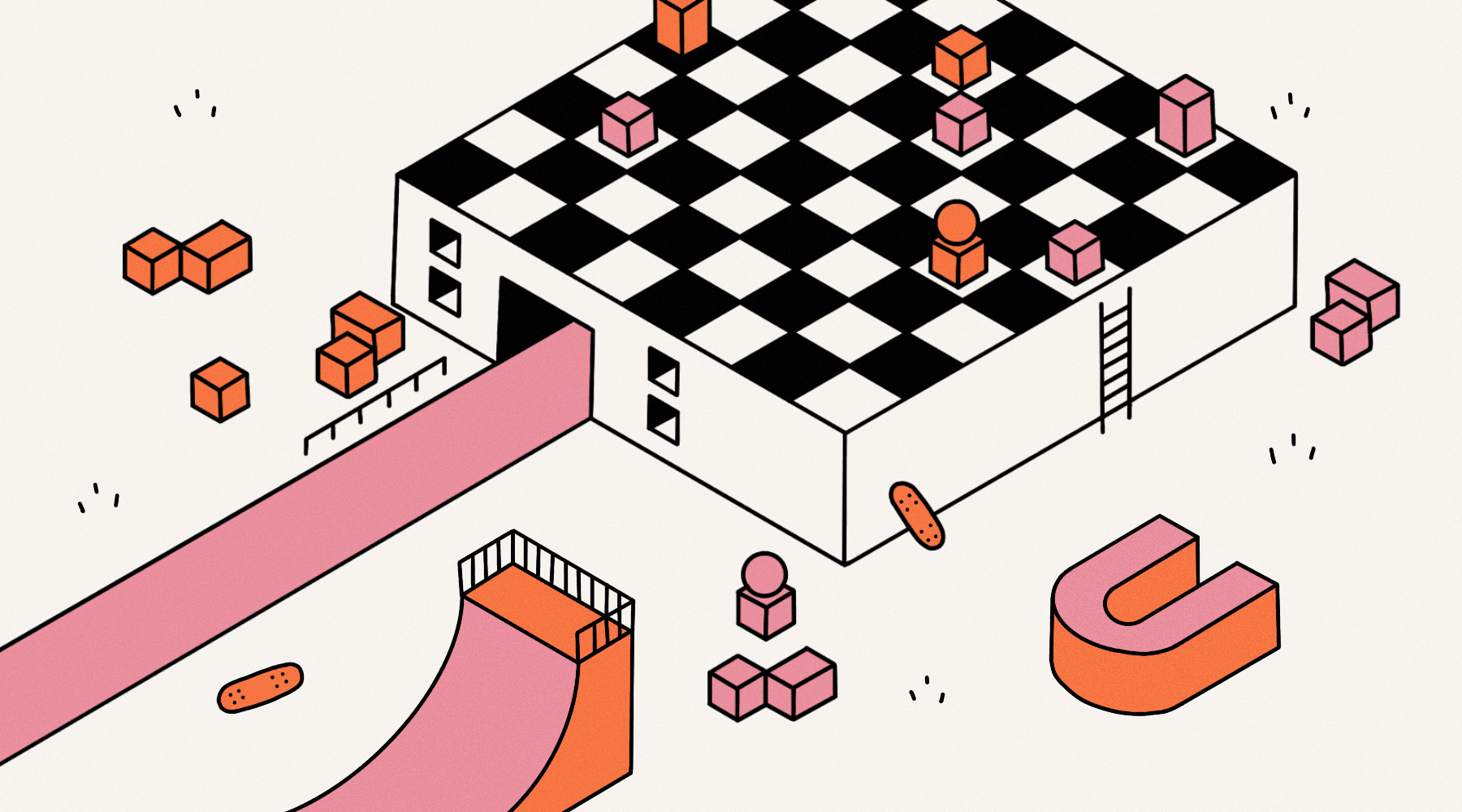As our reality becomes more and more interconnected through advancements pushed by globalization, city planners deal with pressures in creating appropriate spaces. With that in consideration, planners are particularly wary when dealing with skateparks and skate spots.
As any Utrechter, we’ve seen spaces change as time passes, roads changing to bike paths or skate spots popping up out of nowhere. Such processes are necessary for economic and social stability, in doing so, municipalities create partnerships with private investors to satisfy its inhabitants. However, it is unclear whether private companies take the interest and needs of the public into account if they are motivated by their own profitability. For skaters, a result of this public-private partnership is the destruction of OG spots, to mobilize skaters towards spaces like Jaarbeursplein, or now Leidsche Rijn, to meet the municipalities needs. As Leidsche Rijn has seen significant growth in the past couple of years, the planned construction of a skatepark could bring further commercial development and economic opportunity to the area.
This February, the Jaarbeurs skatepark that sits right at the doorstep of the Utrecht Central station is set to be closed down. The closure and relocation of this skatepark is not the first time in Utrecht that the fate of a cherished skating spot has been determined by private interest. Previously, a popular skating spot known as “de Yard” was also shut down leaving the skating community in disarray; its closure meant that there was no longer a conveniently placed skating spot that was built and upheld by the community. So how will the closure of Jaarbeurs influence the skating community in the future? Of course, we’ve heard it before, “Jaarbeurs is closing!”, and then it doesn’t. While it seems more certain now, skaters are kept out of the conversation, why? Once again, because such tactics allow the municipality to mobilize the benefits skateboarding provides for urban development.

As skateboarders, the idea of cities weaponizing skateboarding in the name of gentrification is something we should be collectively aware of. Especially since gentrification is not always a good thing; it can lead to things such as the forced displacement of low-income groups or discriminatory behavior by those in power. So, to backtrack, what the hell does skateboarding really have to do with this?
The Role of Skateparks in Urban Areas
The activity of skating is on an individual level, highly beneficial, we can all agree on that. But the benefits of skating go beyond just this individual level. While the Netherlands doesn’t have a bad homeless problem, planned skate-spots in the outskirts of cities in Europe or the U.S have become important aspects in city planning. When skaters take over such spaces, homelessness in the area decreases, rates of crime decrease, and the area becomes more economically stable. Clearly, there is a societal benefit to skateboarding, one which hopefully strikes some soul and life into Leidsche Rijn. This benefit to skating should act as an incentive for the municipality to develop and maintain urban skating spots rather than destroying and relocating them like they have been doing.

Even though Jaarbeurs wasn’t a skate-spot, its location as a skatepark was important for Utrecht. Not long ago, before the developments of the Hoog Catherijne, and the new Centraal Station, the area was somewhat infamous for its loiterers, junkies, the homeless, etc. Whether this change is bad or good is up to you, but clearly a lot of thought was put into mobilizing the local skaters of Utrecht away from de Yard and to Jaarbeursplein. As the O.G in skate-urbanism Ocean Howell put it “If skateboarders are swept out of some places, they are used as a broom in other places ”.
There are also important emotional ties that people develop with certain spaces. Researchers studying urban planning in the United Kingdom have found that the feelings and emotions that are connected to urban spaces define a significant amount of what goes on in a city on a day-to-day basis. This is also the case for skateparks; these spaces are more than just areas to skate in. Skaters use skateparks on a daily basis because there is a level of comfort and safety that exists in these areas. Shutting down these skateparks destroys the connections that Skaters have made with these spaces. City officials and planners should be fostering these emotional connections which ultimately lead to social and economic stability.
So what will the future of skating look like in Utrecht?
While it is unclear exactly how the next few months will play out, we do know that the city has been working on constructing a new skatepark in the Leidsche Rijn area. With the help of several important figures in the Utrecht skating community, the municipality has been developing a state-of-the-art outdoor facility on the outskirts of the city. Due to its diverse range of obstacles, the park has the potential to become the best skating spot that Utrecht has seen; additionally, the incoming presence of the skaters could make the Leidsche Rijn area more attractive to the general public, as the development of skating spots has frequently had positive effects on urban areas. The construction of this spot is a good sign that the municipality is finally catering to the needs of its inhabitants and recognizing the benefits that skating can have on urban spaces.

_____________
This article was written in collaboration with Noble Goods Co. by Jonathan Hidma and Moritz Hake in the context of a research assignment for the course globalization and regional development. Jonathan is a skateboarder and they both are University College Utrecht students studying Liberal arts with a major in human geography.
Cover illustration: Naja Boyce
Photos: Noble Goods Co. (Jaarbeursplein), SkateON (Leidsche Rijn skatepark)

